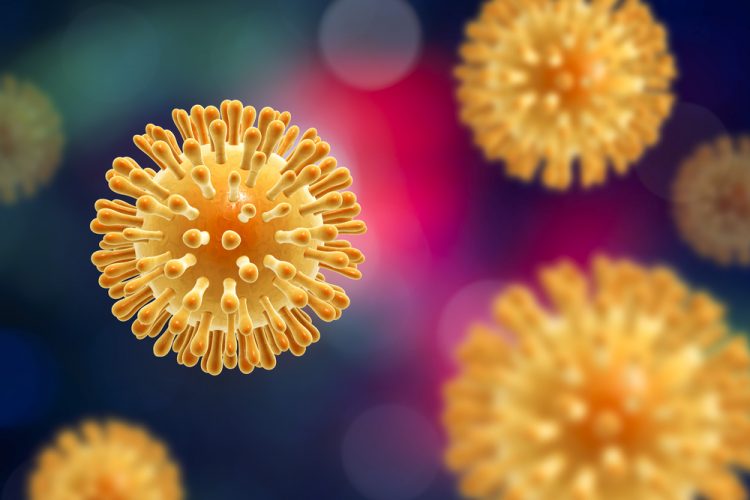Eliminating the HIV virus from infected cells with CRISPR-Cas
Posted: 20 March 2024 | Drug Target Review | No comments yet
The proof-of-concept study could lead to a cure for HIV that inactivates diverse strains across multiple cellular contexts.

Researchers from Amsterdam University Medical Center have presented new findings early, ahead of this year’s European Congress of Clinical Microbiology and Infectious Diseases (ECCMID 2024, Barcelona, 27-30 April). Their study demonstrates how the latest CRISPR-Cas gene editing technology can be used to eliminate all traces of the HIV virus from infected cells in the laboratory, marking a significant breakthrough in the search for an HIV cure.
A major challenge in HIV treatment is the virus’s ability to integrate its genome into the host’s DNA, which makes it very difficult to eliminate. Currently, many potent antiviral drugs are in use for treating HIV infection, and although they are efficient, lifelong antiviral therapy is essential as HIV can rebound from established reservoirs when treatment is stopped.
HIV can infect various types of cells and tissues in the body, each with its own unique environment and characteristics. The authors stated: “Our aim is to develop a robust and safe combinatorial CRISPR-Cas regimen, striving for an inclusive ‘HIV cure for all’ that can inactivate diverse HIV strains across various cellular contexts.”
Led by Dr Elena Herrera-Carillo, the researchers conducted an experiment using CRISPR-Cas and two guide RNAs (gRNAs) against “conserved” HIV sequences. By focusing on these conserved sections, the team hoped to provide a broad-spectrum therapy capable of combatting multiple HIV variants effectively. However, the authors noted that the size of the vector, used to transport the cassette encoding the therapeutic CRISPR-Cas reagents into the cells was too large. Therefore, they trialled numerous techniques to reduce the size of the cassette, and therefore the vector system itself.
The researchers evaluated the effectiveness and safety of various CRISPR-Cas systems from different bacteria in treating CD4+ T cells infected with HIV. The results from saCas9 demonstrated outstanding antiviral performance, completely inactivating HIV with a single gRNA and excising the viral DNA with two gRNAs. Minimising the vector size was successful, enhancing its delivery to HIV-infected cells. Furthermore, the researchers could target hidden HIV reservoir cells by focusing on specific proteins on the surface of CD4+ and CD32a+ cells.
They commented: “We have developed an efficient combinatorial CRISPR-attack on the HIV virus in various cells and the locations where it can be hidden in reservoirs and demonstrated that therapeutics can be specifically delivered to the cells of interest. These findings represent a pivotal advancement towards designing a cure strategy.”
Moving forward, the authors explained: “Our next steps involve optimising the delivery route to target the majority of the HIV reservoir cells. We will combine the CRISPR therapeutics and receptor-targeting reagents and move to preclinical models to study in detail the efficacy and safety aspects of a combined cure strategy.
They continued: “This will be instrumental to achieve preferential CRISPR-Cas delivery to the reservoir cells and avoiding delivery into non-reservoir cells. This strategy is to make this system as safe as possible for future clinical applications. We hope to achieve the right balance between efficacy and safety of this CURE strategy. Only then can we consider clinical trials of ‘cure’ in humans to disable the HIV reservoir.”
Related topics
CRISPR, T cells, Targets, Vaccine, Vaccine development
Related conditions
HIV
Related organisations
Amsterdam University Medical Center
Related people
Dr Elena Herrera-Carillo (Amsterdam UMC)







